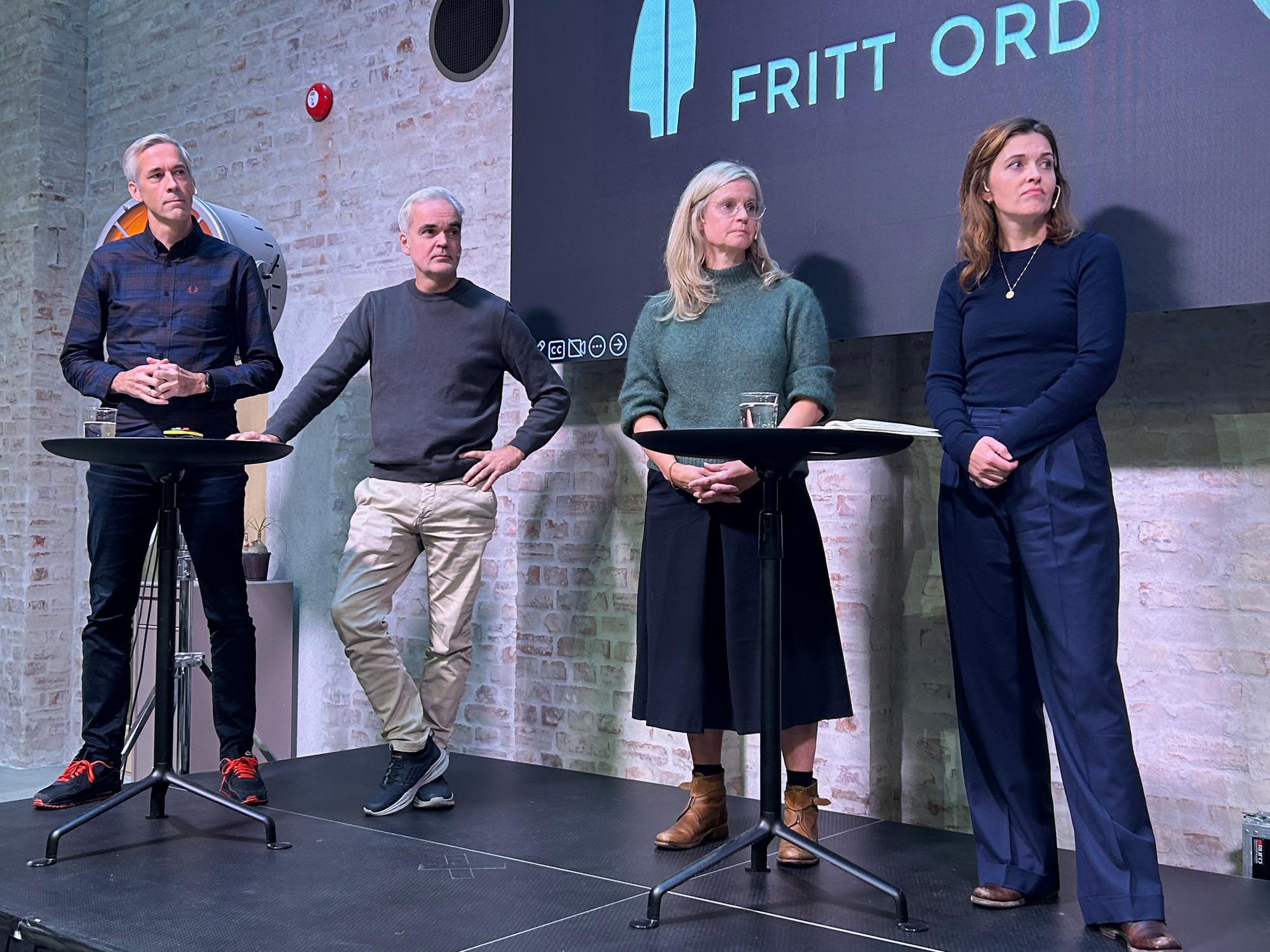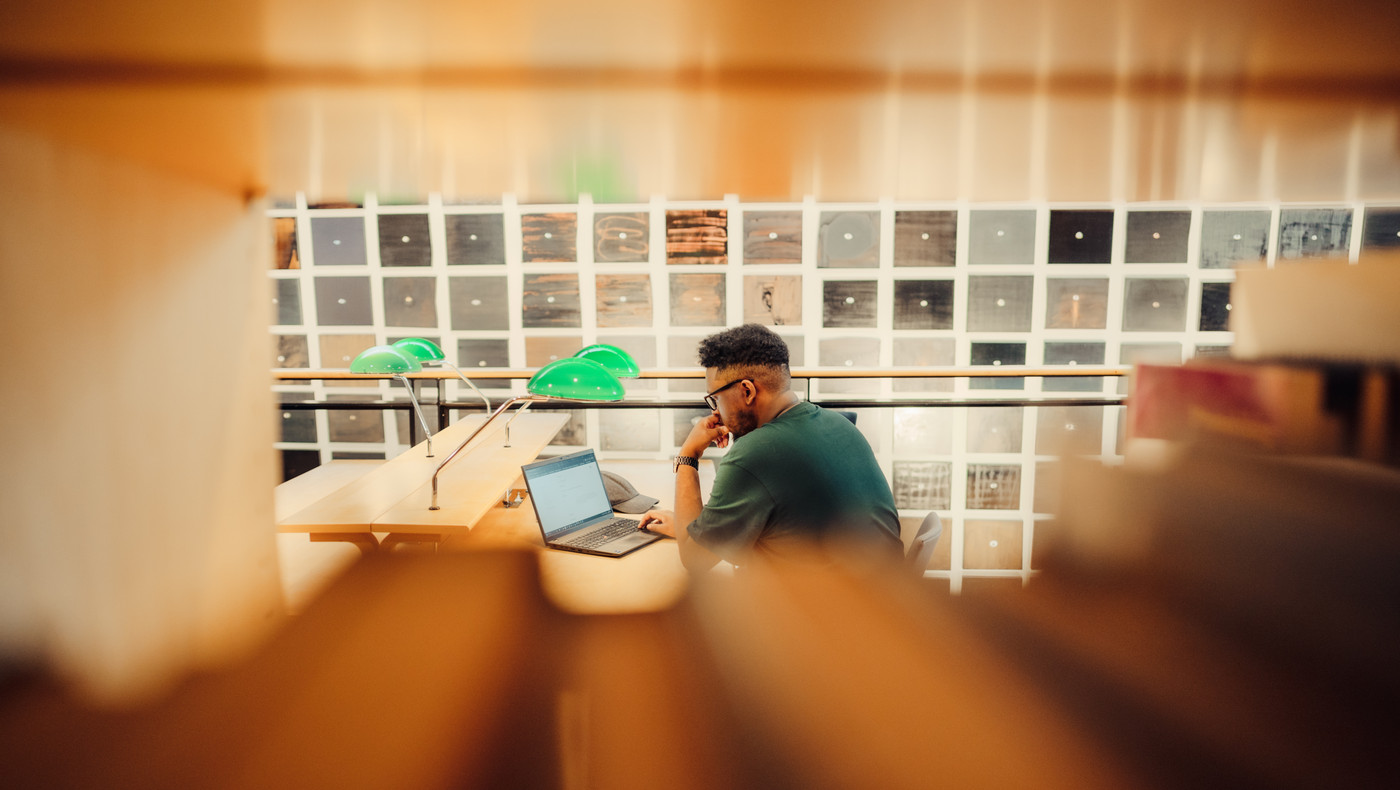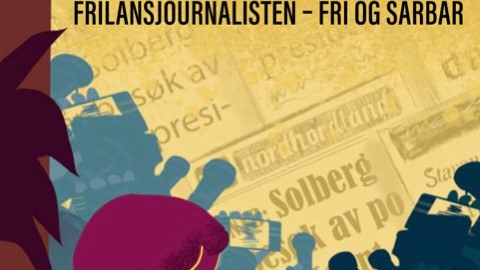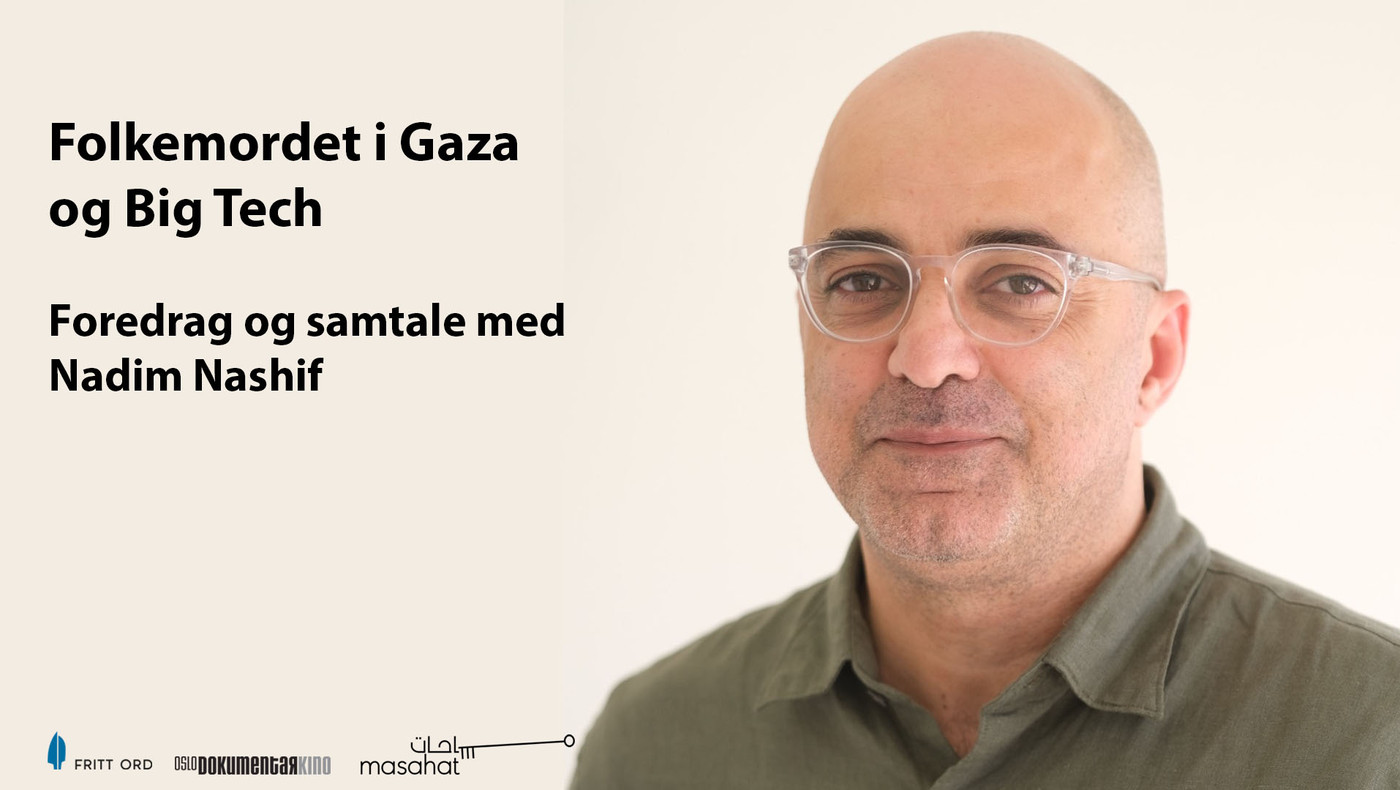Major media outlets admit their mistakes in the Baneheia case
“We have failed,” wrote VG. “The courts are the last institution still held sacred by the press,” commented TV2. Many admissions and regrets were expressed when the report on the media coverage of the Baneheia case was presented at the Norwegian Press House on Tuesday.
“I would go as far as to say that we failed. However, we are in a better place today because we have recognised our mistakes and learned from them.
These are the words of Gard Steiro, editor-in-chief of VG, on Tuesday, when the Norwegian Press Association and the Fritt Ord Foundation presented a comprehensive report:/nb/aktuelt/mediene-og-baneheia-saken on two decades of media coverage of the Baneheia case.
The report consists of three main chapters:
- A quantitative content analysis of 3 000 stories across eight media outlets
- A survey of relevant media on coverage, use of sources and editorial assessments
- A researcher analysis of the media coverage.
Have learned from our mistakes
VG has made a documentary about its mistakes, which it uses for in-house training purposes, and it has developed its own VG poster about the ethics of reporting on criminal cases. Editor-in-chief Eivind Ljøstad of Fædrelandsvennen admitted that the newspaper should have set up an investigative group on the Baneheia case, and news editor Karianne Solbrække of TV 2 admitted that “we just didn’t see it”.
“We were sure we were doing the right thing," said Solbrække at the seminar on the report.
The editors made it known that self-critical scrutiny would provide a basis for moving forward, and that the report on the coverage of Baneheia would be one of many ways to learn from the case.
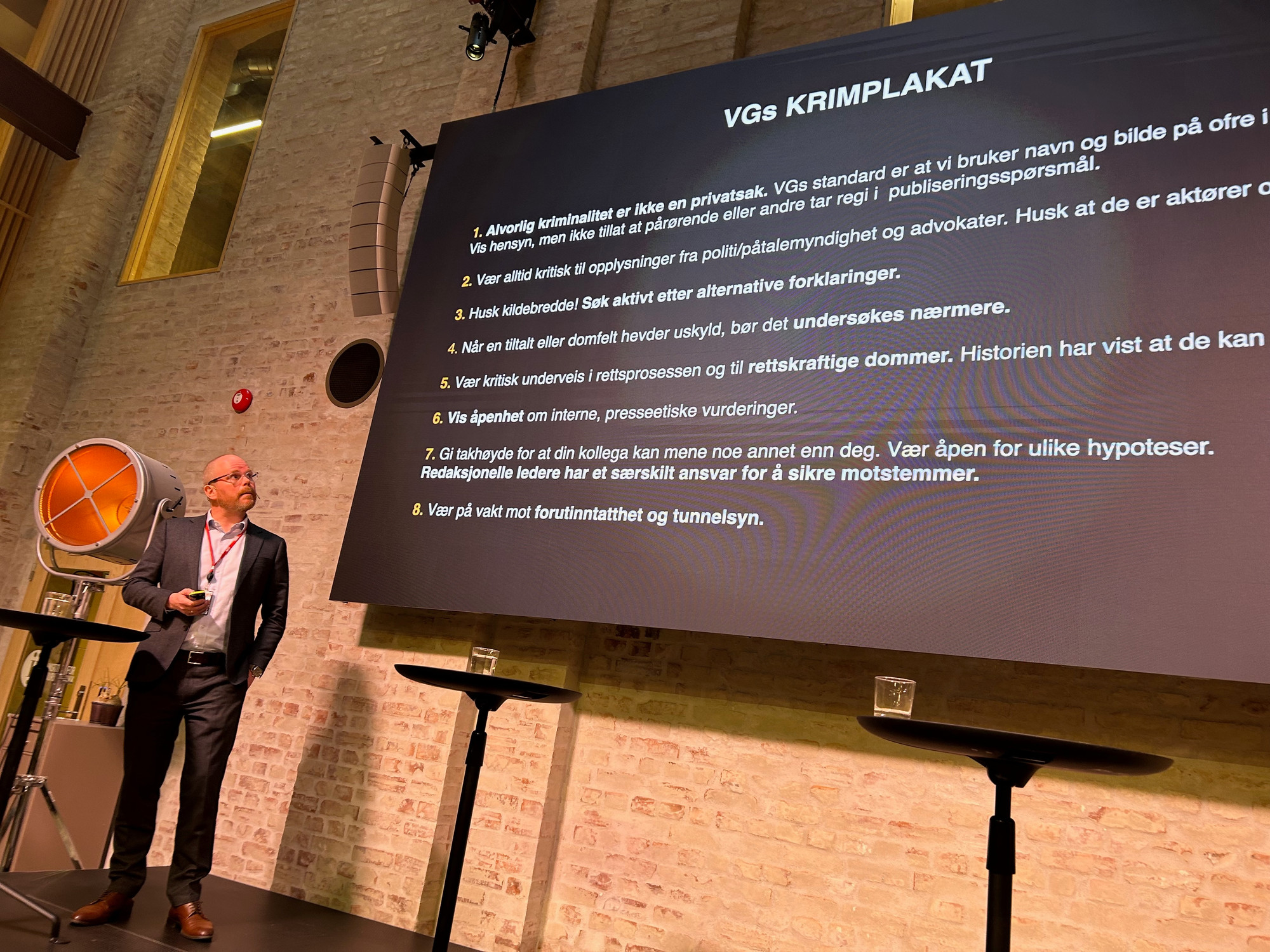
VG editor-in-chief Gard Steiro shows VG's poster about the ethics of reporting on criminal cases – in the light of the lessons that VG and other media can learn from the Baneheia coverage.
Bjørn Olav Jahr’s book was a turning point
Hanna Elvira Osnes Dal, senior media analyst at Retriever, presented the content analysis of the three distinct phases of the Baneheia coverage. In the first phase, the police were the main source, and the coverage was massive.
“The image of Kristiansen as guilty was fuelled by press characterisations of him as ‘pleasant and aggressive’, ‘the terror of the neighbourhood’ and ‘perceived as threatening’,” according to Osnes Dal.
In phase two, Kristiansen’s defence counsel was the main source and media coverage was scant. Phase three began when author and journalist Bjørn Olav Jahr published the book ‘Two stories – one truth’ in 2017. However, few media outlets took a critical look at the case until 2021. Bjørn Olav Jahr commented at the seminar that the report was solid work and a good starting point for further discussion.
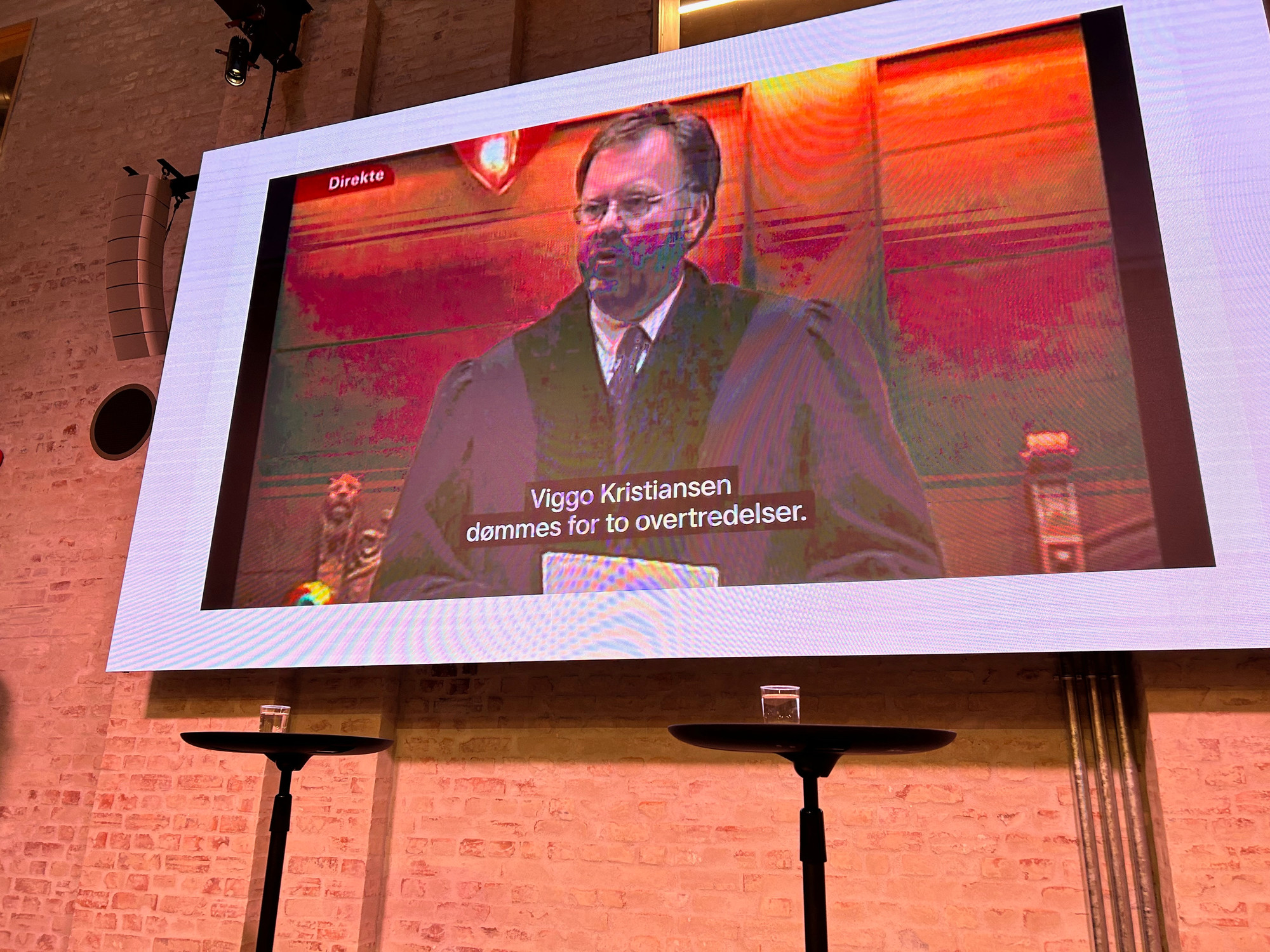
Facts must trump emotions – and tunnel vision
Arne Jensen of the Association of Norwegian Editors has led the work of identifying lessons learned.
“The police’s strategies dominated the coverage from the start, and the ‘truth’ that Viggo Kristiansen was guilty was established early on. This contributed to the failure to investigate key evidence. Consideration for relatives weighed heavily," said Jensen. “But as Bjørn Olav Jahr said in his speech when he received the Fritt Ord award,:/nb/aktuelt/fakta-ma-alltid-trumfe-folelser, ‘facts must always trump emotions’.”
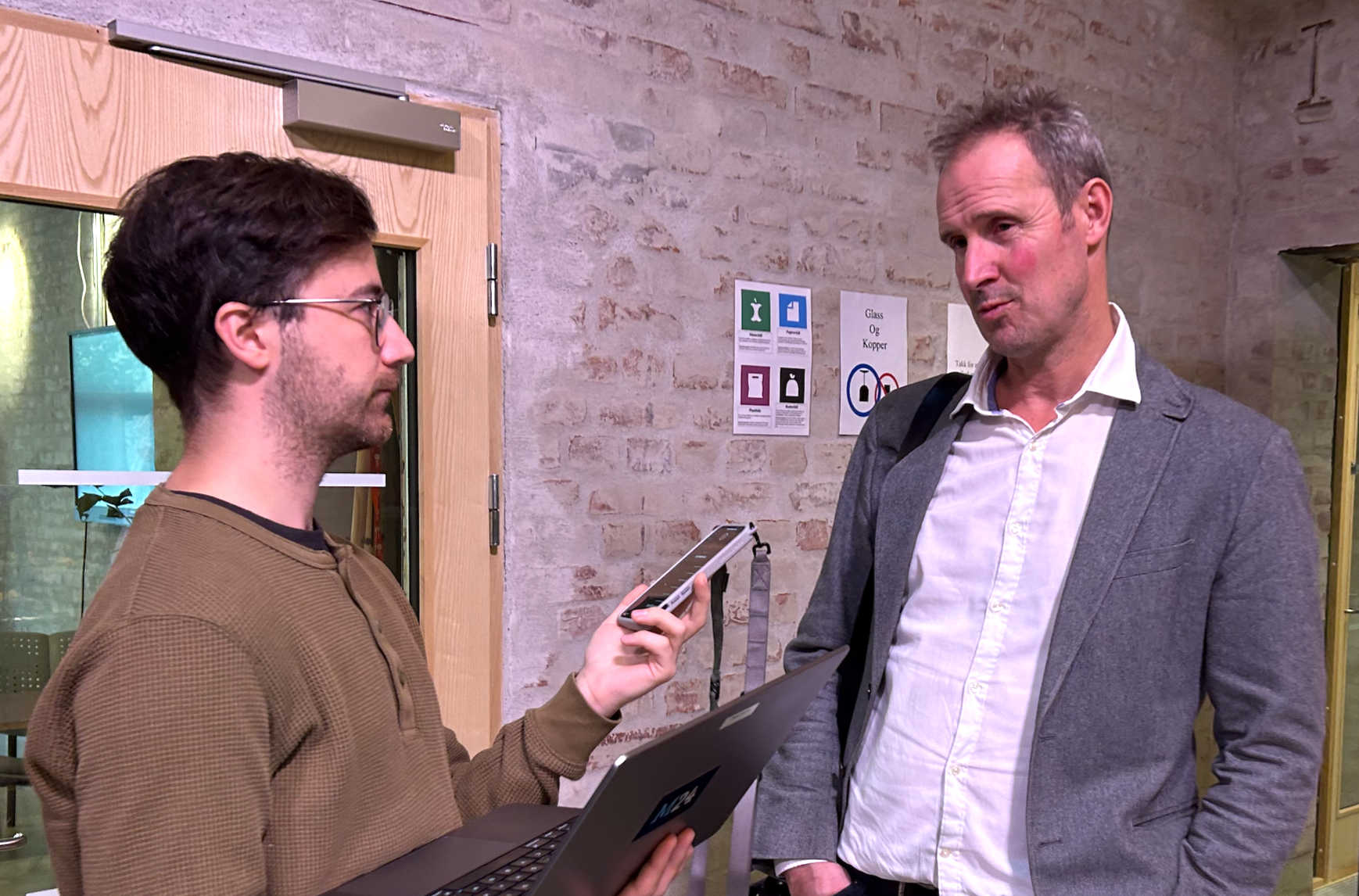
Lessons learned
The report lists eight lessons learned:
1: Be wary of bias and tunnel vision. Avoid confirmation traps.
2: A binding judgment is not necessarily correct.
3: Be particularly vigilant in cases a) involving very serious crimes, b) where the accused/defendant claims innocence, and c) where the evidence is not crystal clear.
4: Be critical of all sources, not least the police and prosecutors.
5: Do not let a lack of participation on the part of the police and prosecutors prevent critical scrutiny of investigations or convictions.
6: Consideration for friends and family must not outweigh the importance of shedding light on the facts. It may require great attention to details, even if they are gruesome, to clarify the issues and avoid miscarriages of justice.
7: Be careful not to portray the accused/defendant based on witness statements.
8: Be curious and listen to the dissenters. Approach every major case with a ‘cool head’ that can serve as a devil’s advocate, asking critical questions.
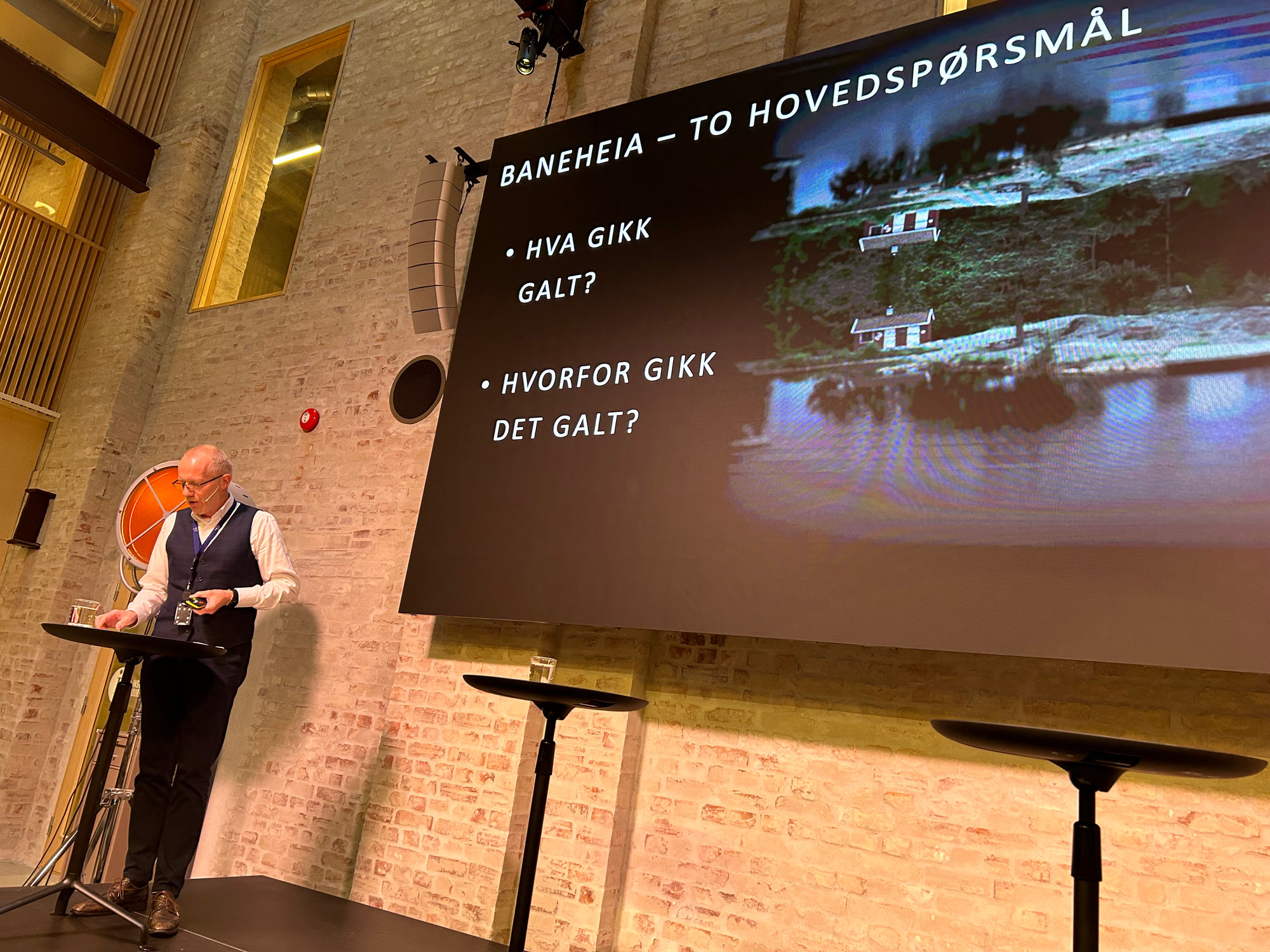
The dissenters are heroes .
Kjersti Thorbjørnsrud, a researcher at the Institute for Social Research, said that the report shows how the press moved in sync with the judiciary and police in this case, even when new evidence that could have exonerated Kristiansen, e.g., the so-called ‘mobile phone evidence’, emerged during the trial.
“The press created a climate of public opinion that made it difficult to ask questions. The ‘heroes’ in this analysis are therefore the dissenting voices, that is, the few journalists who fought against the current along the way and a small group of volunteers who contacted journalists and wrote petitions to have the case reopened, and who were not heard or seen by the press until 2021," she said.
Yet she also warned against letting this case result in new blind spots in the other direction, reminding journalists to consider the friends and families of victims before ‘jumping on the true crime bandwagon’ and making parallel investigations.

What can be done .
There was relative agreement among the editorial teams that none of them could blame their mistakes on a lack of resources, or on the role of the friends and relatives. There were many suggestions for improvements. Kenneth Fossheim, a journalist at TV 2, believed the media should consider producing more news stories about the doubts surrounding technical trace evidence.
“Not everything has to result in a book or a documentary,” he observed.
News editor Tora Bakke Håndlykken of VG said that the media must challenge all truths, including those established internally.
“I was a crime reporter myself when the first petitions for reopening the case were filed. There were plenty of arguments made (by the dissenters)”, she said, “but I was not interested in listening. We need to learn to do that.”
Still, Solbrække, Håndlykken and Editor-in-chief Einar Tho of Haugesunds Avis admitted that consideration for families will continue to make that difficult in future as well.
“It will not be easy. People will still be reluctant to rub salt into the wounds of people who have experienced tremendous pain,” added Tho.
More transparency in the courts
Ljøstad from Fædrelandsvennen thought the idea of appointing someone to be the devil’s advocate was productive. Solbrække advocated being more critical, even of the courts’ decisions.
“There is no excuse for a collective meltdown in the Baneheia case, but one of the things we need to examine more closely is our fierce respect for legally binding judgments. The judiciary is the last institution to still be held sacred by the press; it is especially difficult to challenge legally binding judgments “ she concluded.
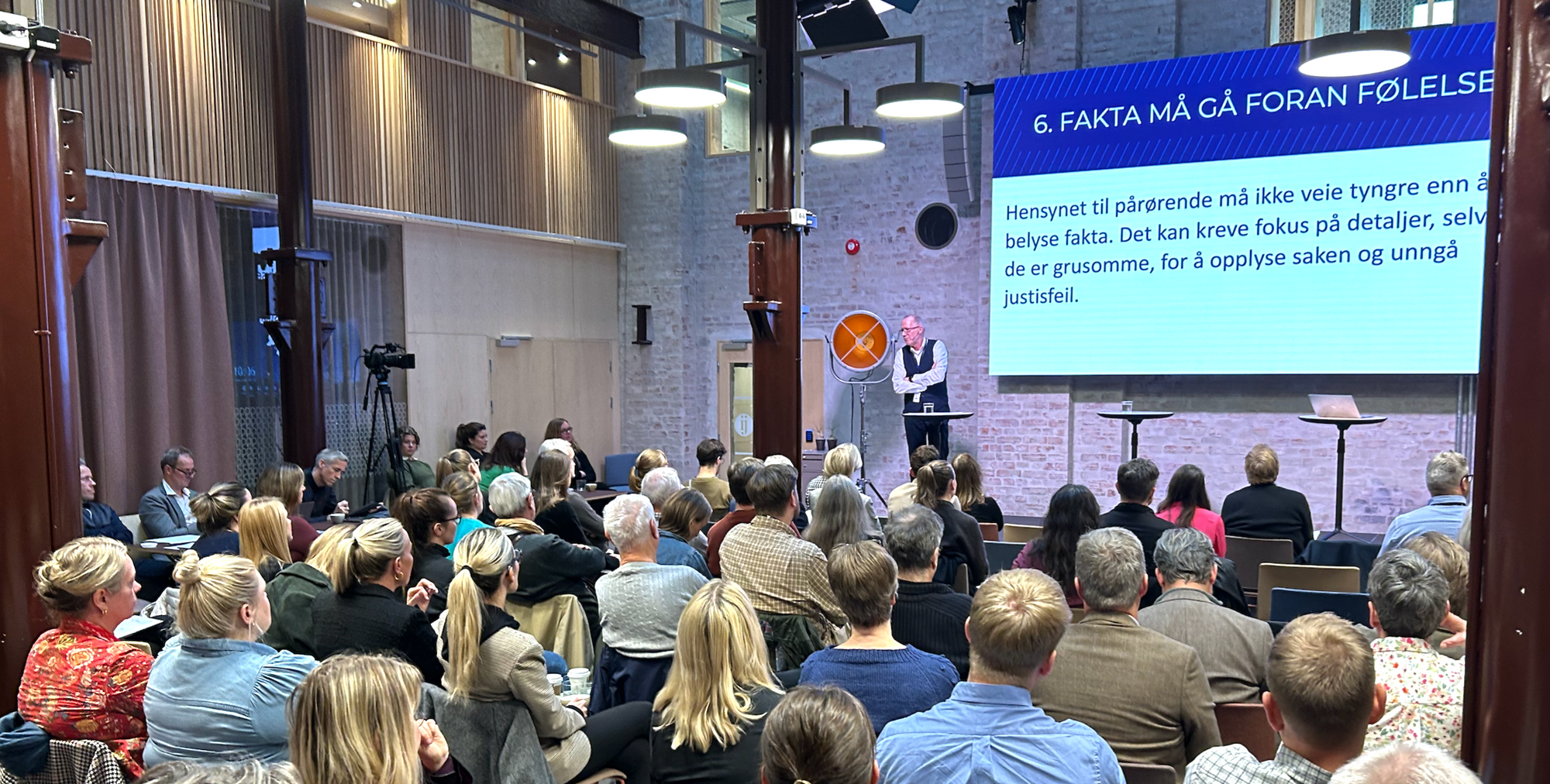
Full house at the Norwegian Press House on 10 October 2023.
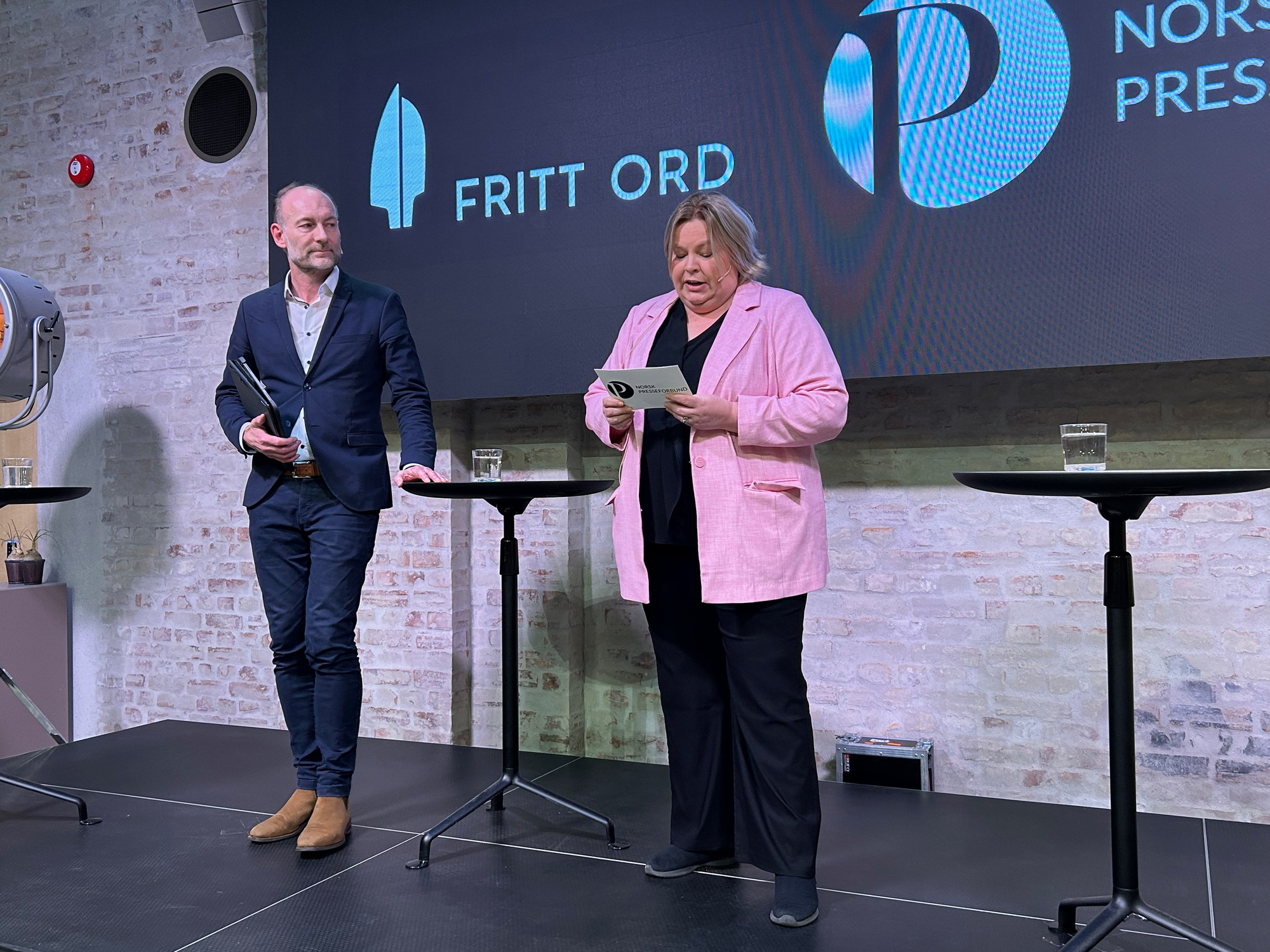
Coverage of the seminar.


